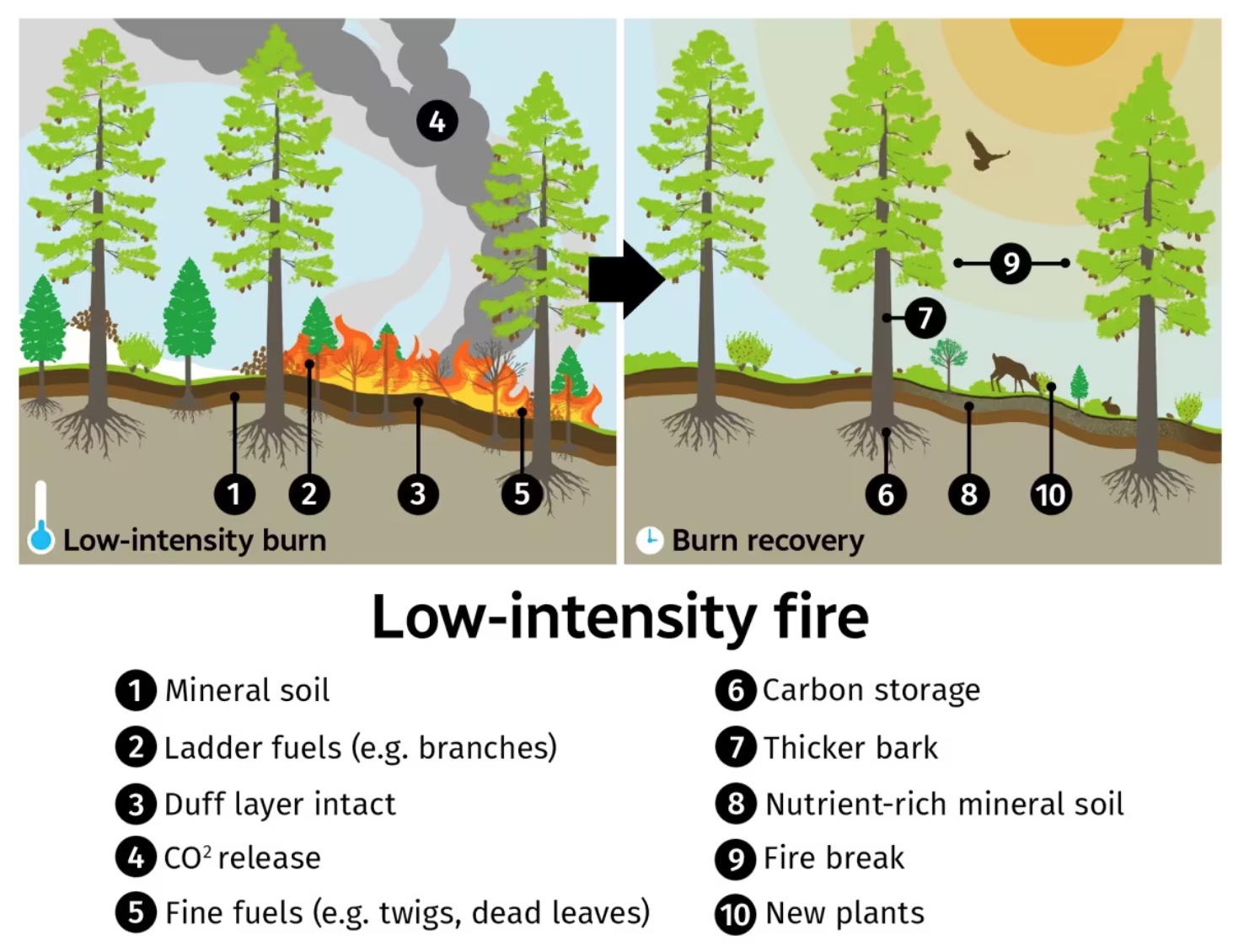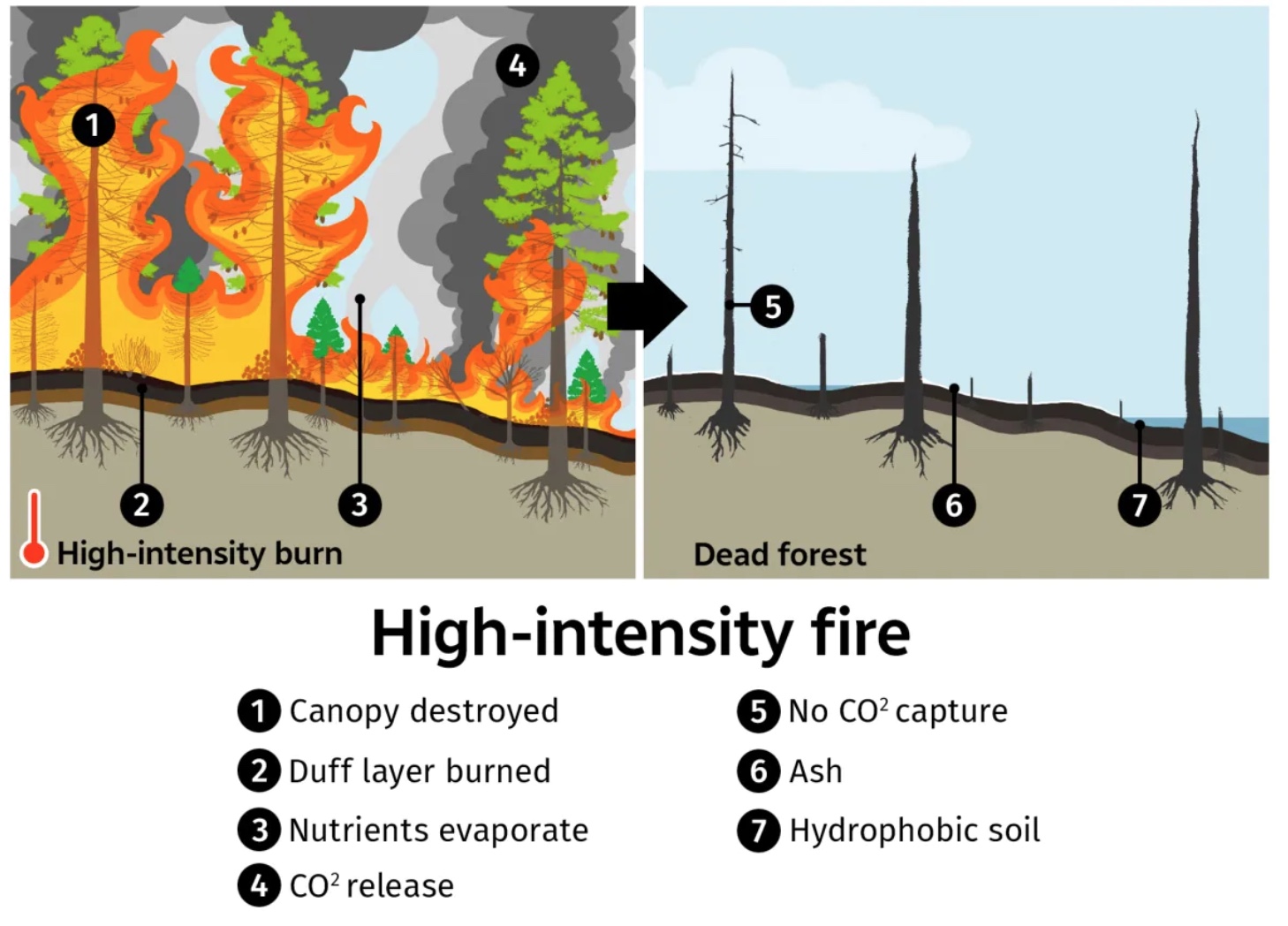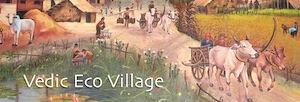The forest can welcome cool fire that has long been suppressed by colonial ignorance and hot fire can be avoided. If a community can get back to a seasonal cold fire regime, then there is little to no risk of seasonal hot fire regimes that we now enter into every summer.

Low-intensity burns, also known as cultural burns, have been lit purposefully since time immemorial by Indigenous firekeepers around the globe to rebalance ecosystems. When woods are groomed this way by burns, the chances of a crown fire occurring in the hotter months decreases.

Cultural and prescribed fire
Cultural and prescribed fire is one of many land stewardship practices that can help reduce the intensity of naturally occurring wildfires while returning an integral and culturally significant process to the land base.
Indigenous cultural burning has existed since time immemorial, with traditional knowledge passed down from generation to generation. In general, the term “cultural burning” refers to the intentional use of fire at a broad scale on the land that is led by First Nations or is based in First Nations’ distinct cultural values, perspectives or practices.
While the Province does not undertake cultural burning, the Province has a responsibility to address some of the barriers to cultural burning that exist. To achieve that, in line with its commitments in the Declaration on the Rights of Indigenous Peoples Act, the Province intends to work in partnership with Indigenous peoples to co-develop a policy and program framework for cultural and prescribed fire that aligns with the UN Declaration and provides the foundation for a sustainable, long-term and co-managed approach. (source)
